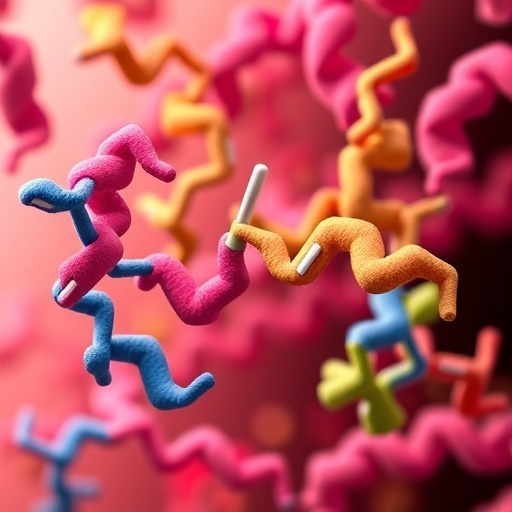A study, published today in PNAS, has found a potential treatment for patients with Complex Regional Pain Syndrome (CRPS).
CRPS is a severe post-traumatic pain condition affecting one or more limbs and is associated with regional pain and sensory, bone and skin changes. The causes of CRPS, however, are yet to be fully understood.
Approximately 15 percent of patients with CRPS still have symptoms one year after onset that severely impact their quality of life. For these patients, prognosis is often poor and drug therapy for pain relief is rarely effective.
A team of international researchers, led by Dr Andreas Goebel from the University of Liverpool’s Pain Research Institute, conducted a study to better understand the immunological causes for CRPS.
The researchers examined antibodies in the serum of these patients to ascertain the potential role of these proteins for causing the condition; they were particularly interested to assess ‘neuroinflammation’ – antibody-induced raised levels of inflammatory mediators such as Interleukin 1 (IL-1) in either peripheral tissues or brain.
IL-1 is known to normally induce local and systemic body-responses aimed to eliminate microorganisms and repair tissue damage. However, an increasing number of clinical conditions have been identified in which IL-1 production is considered inappropriate and IL-1 is part of the cause of the disease.
The researchers transferred the antibodies from patients with long-lasting CRPS to mice and found that these antibodies consistently caused a CRPS-like condition. An important element of ‘transferred CRPS’ was glial cell activation, a type of ‘neuroinflammation’ in pain-related parts of the mouse brains. The team then discovered that ‘blocking’ of IL-1 with a clinically available drug, ‘anakinra’ helped to both prevent and reverse all of these changes in the animals.
Researchers from the University of Pécs (Hungary), University of Budapest (Hungary), University of Manchester, University of Sheffield and The Walton Centre National Health Service Foundation Trust in Liverpool were also involved in the study.
Dr Andreas Goebel, said: “Our results support previous clinical observations that patients with persistent CRPS should respond to immune treatments with a reduction of at least some of their disease features.
“This approach has attractive therapeutic potential and could also have a real impact on the treatment of other unexplained chronic pain conditions; we plant now to apply for funds funds to test the effect of this and similar drugs in patients with CRPS.”
###
The full study, entitled ‘Transfer of complex regional pain syndrome to mice via human autoantibodies is mediated by interleukin-1-induced mechanisms’, can be found here https:/
https:/
Media Contact
Simon Wood
[email protected]
http://dx.




